Arriving at Santiago de Compostela
Ribadiso to Lavacolla (31km)
We decided our last stop before going to Santiago would be the town of Lavacolla. Lavacolla’s significance to the history of the Camino is it was the last place pilgrims would wash before arriving in Santiago. The name “Lavacolla” translates to “wash your scrotum” so it’s been theorized that this is how it got its name. Our main reason for going to Lavacolla, other than its funny name, was so that we would be able to arrive early into Santiago.
The Camino Francés is much flatter than the Norte or the Primitivo, which meant I was able to walk further and faster than some of the previous days. Some of this could also be attributed to my “Camino Legs.” The closer I got to Santiago, the more graffiti I noticed on many of the signs, which was disappointing. This is why we can’t have nice things!
Andrés, Kathleen, Anja, and I had reserved a room at the albergue in Lavacolla. I got there right when the albergue opened and felt pretty VIP when I was escorted to the only private room in the entire building. It was a handi-cap room, which meant it had many of the same architectural flourishes as my grandparents assisted living facility.
For our last night before Santiago we ordered pizzas and bought a couple cheap bottles of wine for 2€. I also made sure to get some stretches in before bed.
The Walk to Santiago (10.3km)
Since we hustled the previous two days our walk to Santiago was a measly 10km. We woke up at around 6:30, ate some breakfast, and began walking. We had heard some pilgims derisively talk about the last 100km of the Camino Francés as some kind of party where people were getting drunk and partying their way to Santiago. If they were, I didn’t see anything like that. Our anticipation was building as we got closer and closer to Santiago. Along the way we saw two brothers from Philadelphia we met at the albergue in Bodenaya.
We diverted from the Camino to see the statues dedicated to the pilgrims. To no one’s surprise, the statues were both men. They were pointing at Santiago from the top of a hill. All of us did our obligatory poses with our bronze counterparts.
The sign that previously indicated people were entering Santiago had been moved because too many people were walking into the middle of the street to pose in front of it. We took the opportunity to the pose in front of the next sign we saw, which was a “SANTIAGO DE COMPOSTELA” sign covered in various stickers and offerings.
At various points we could see the cathedral poking out above the skyline, and as we got closer, we all got completely silent. I was tearing up a bit as I thought about what this experience had meant to me and how much I missed my Mom. I kept wondering if the next turn around the corner was going to be the Cathedral. When I finally saw it I was blown away by its size and overcome with emotion alongside my fellow pilgrims. All of the blood, sweat, and tears we shed over the past 800 kilometers were all in service of getting to Santiago and we arrived. We spotted Henric sitting down and watching the Cathedral. Everyone was extremely happy but also crying. I hugged each member of my Camino Family and it was fun spotting other pilgrims from various parts of our journey in the square.
The square in front of the Santiago de Compostela Cathedral had incredible energy as pilgrim after pilgrim reached their destination. It reminded me of an airport Arrivals area on steroids. For the pilgrims doing the Camino in short increments, this moment might have been several years in the making. Some pilgrims started in their home towns in Germany, Italy, or France. Everyone was celebrating.
Every pilgrim who walks more than 100 kilometers to Santiago de Compostela is entitled to a document signifying their accomplishment called a “Compostela.” In order to receive your Compostela you have to go to the Pilgrim Office at the Cathedral, wait in line, and show the office your credential documenting your journey.
We got in line and waited for two full hours before we finally were able to get our Compostelas. We spent most of the day relaxing and basking in the sun in front of the cathedral. The five of us rented an apartment in Santiago for the night. Our plan was to grab some dinner, celebrate, and see what Santiago’s nightlife had to offer. and celebrate.
Naturally, we ran into a table full of pilgrims we knew at the restaurant. I led the group to the local gay bar in Santiago, which had a saint of its own.
I was missing a sense of completion after getting to Santiago, in spite of walking 500 miles and getting my Compostela. The reason I didn’t feel like I had finished was that I actually hadn’t. In addition to my walk to Santiago I decided to tag on the 3-day walk to Fisterra, which translates to “The End of the World.”
I wanted to walk until it was no longer possible for me to walk. I wanted to walk to “The End of the World” for the person who would have walked to the ends of the earth for me.





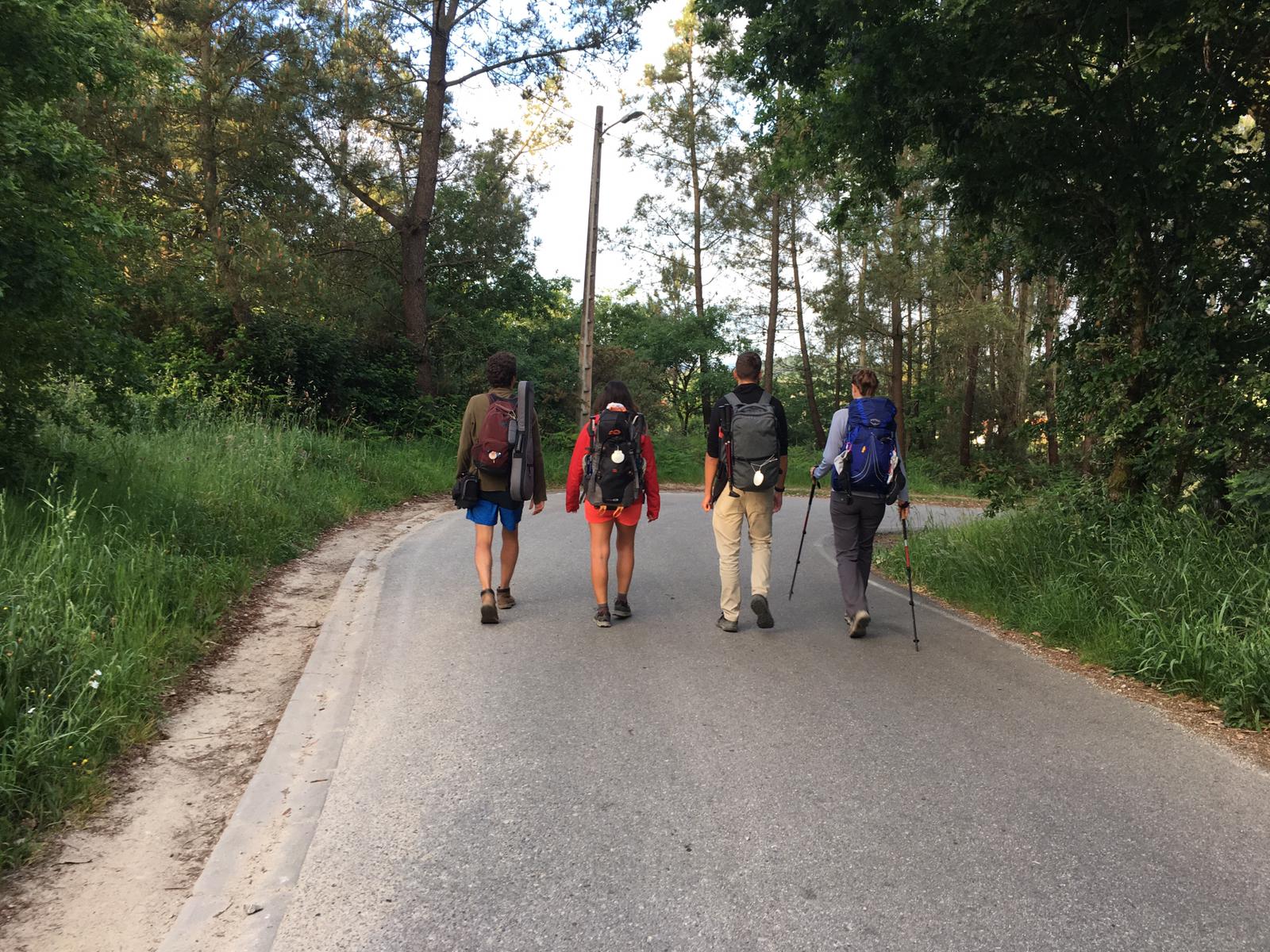





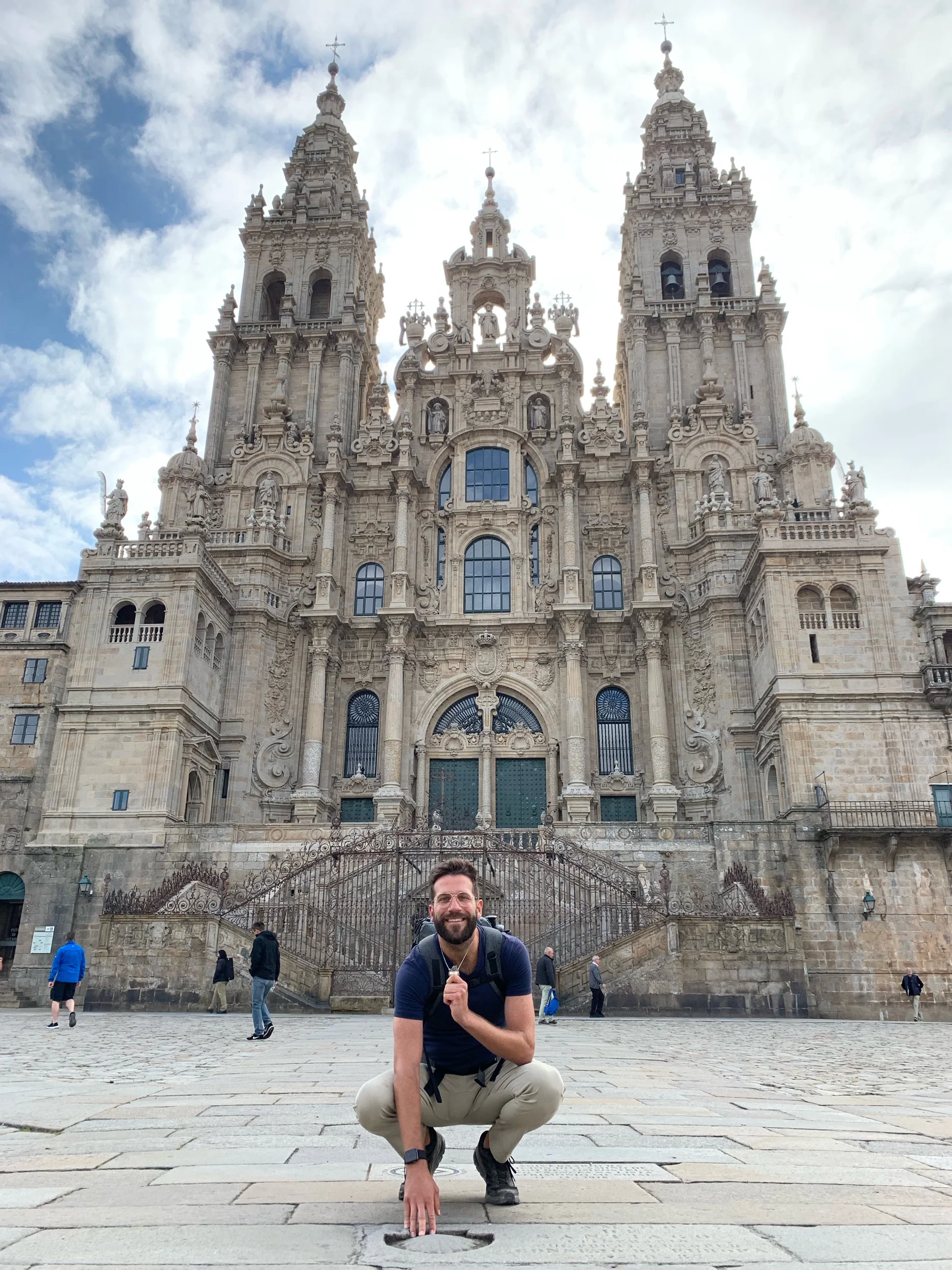



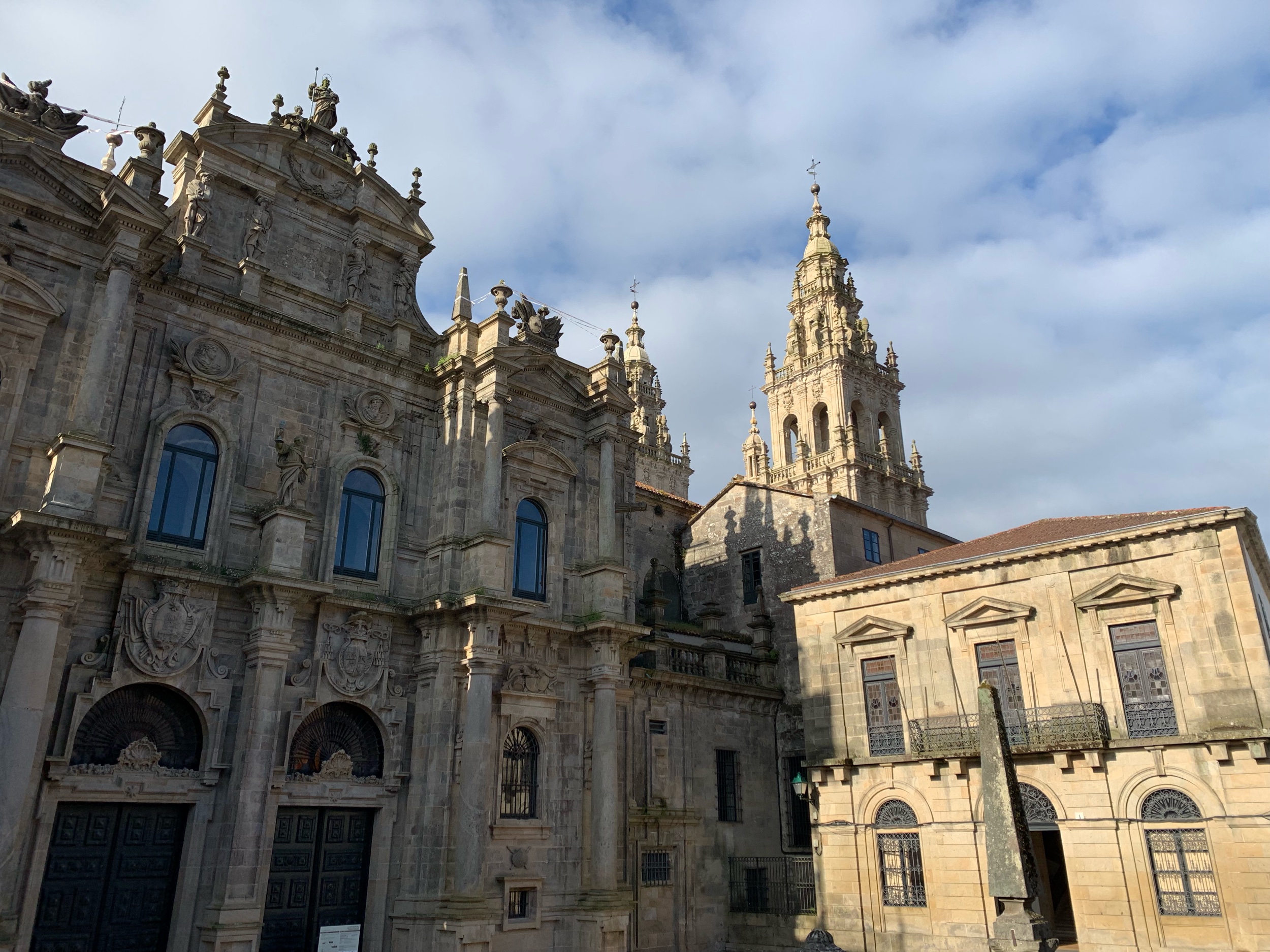





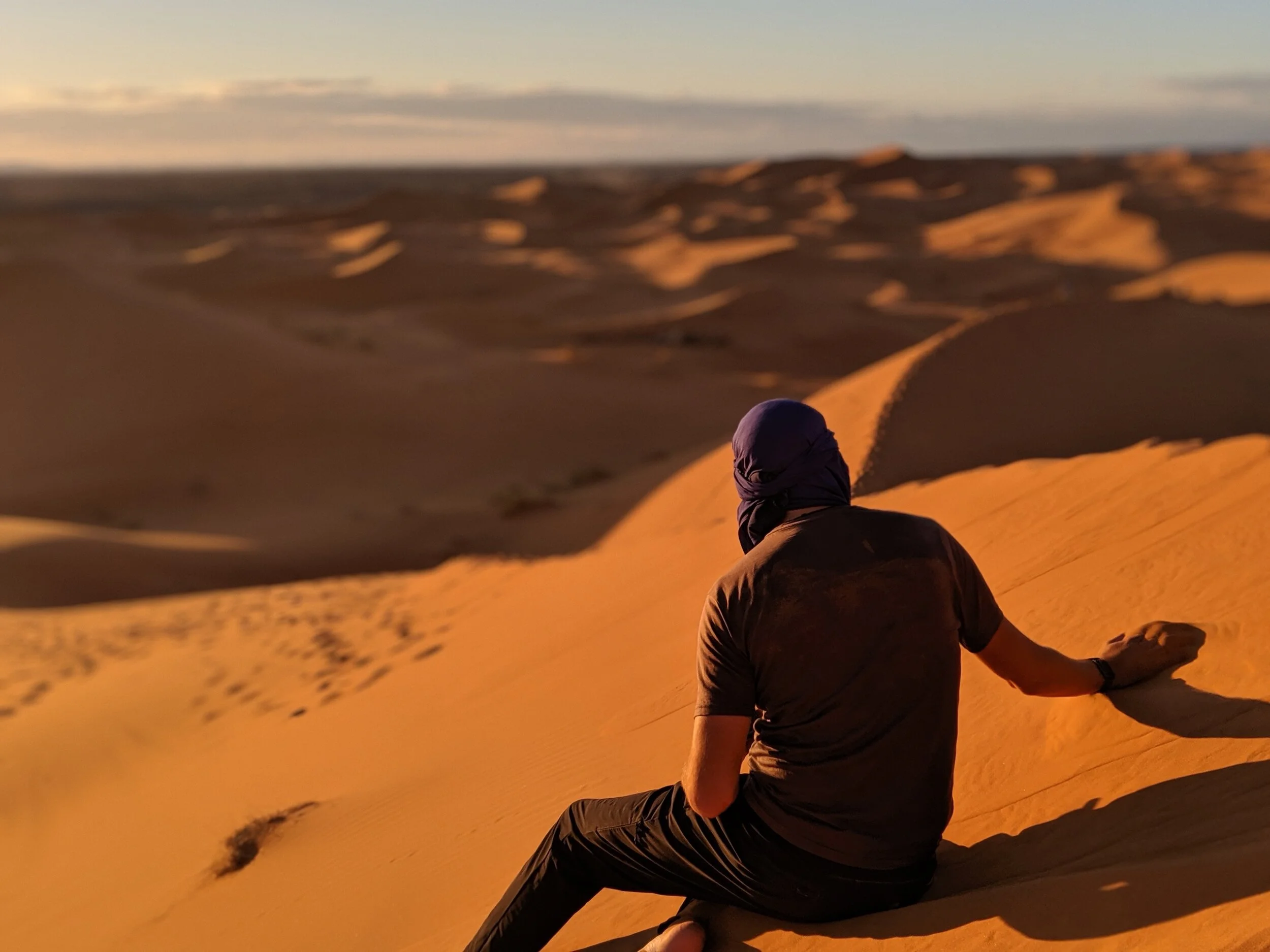

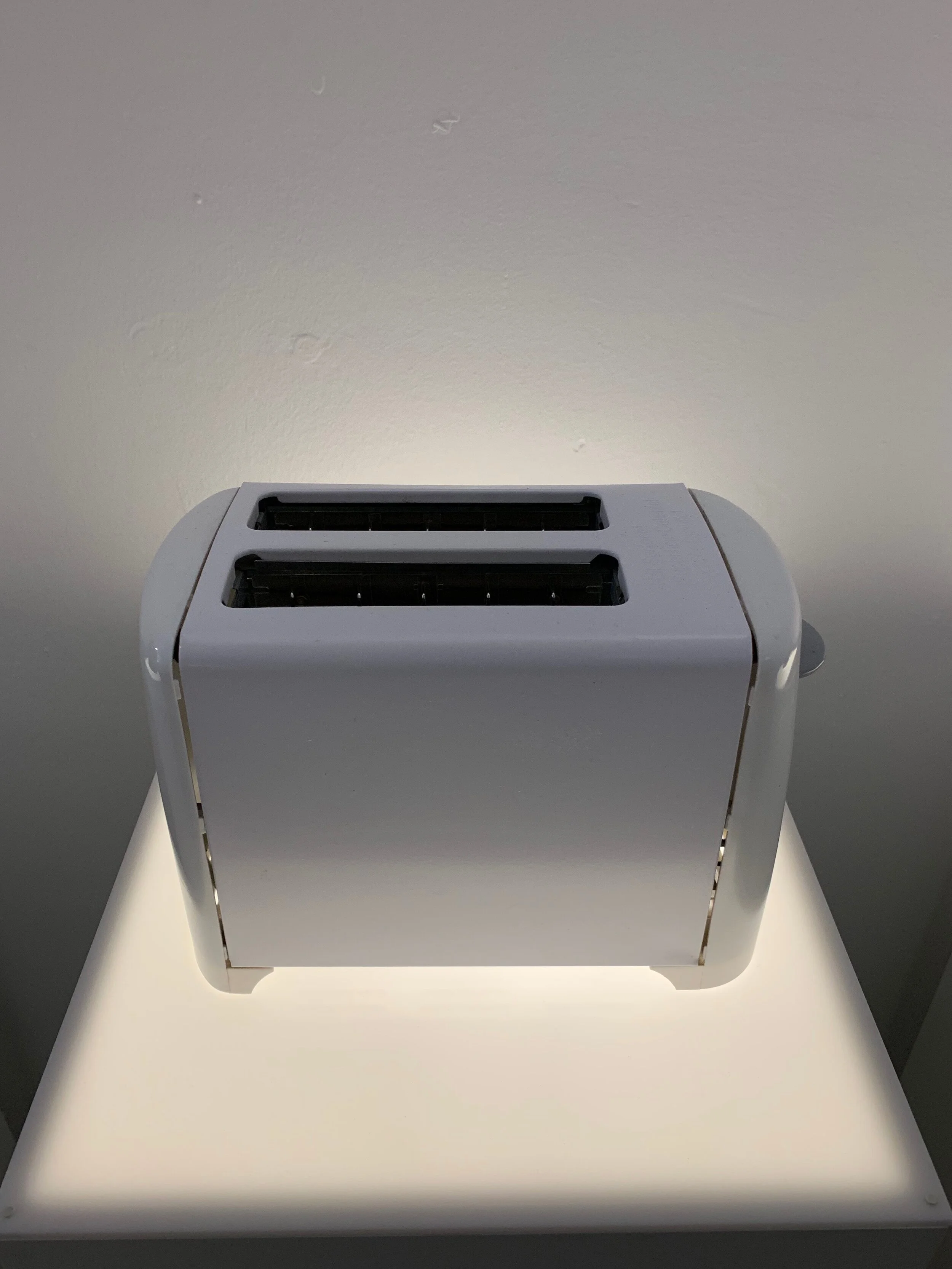

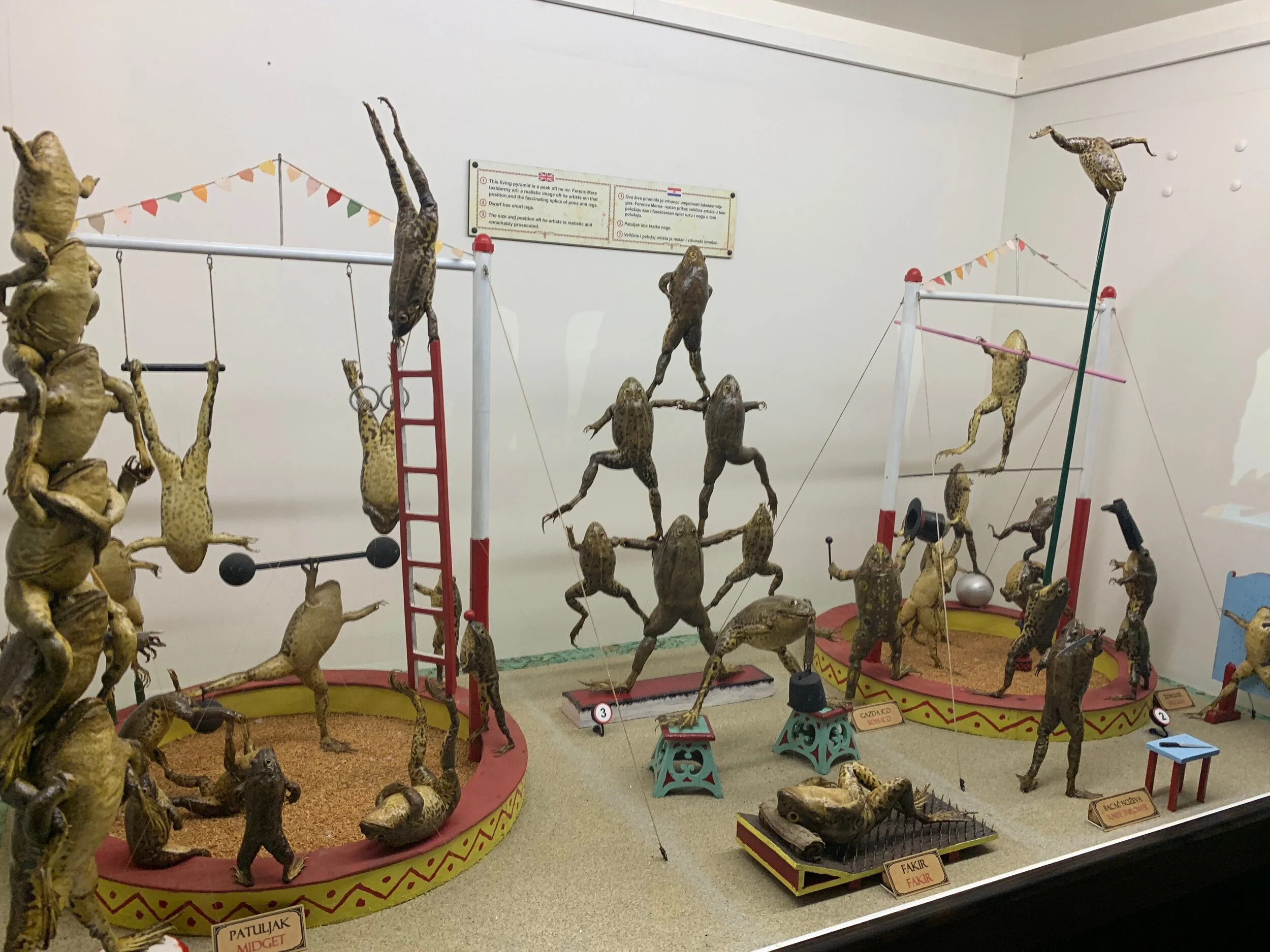
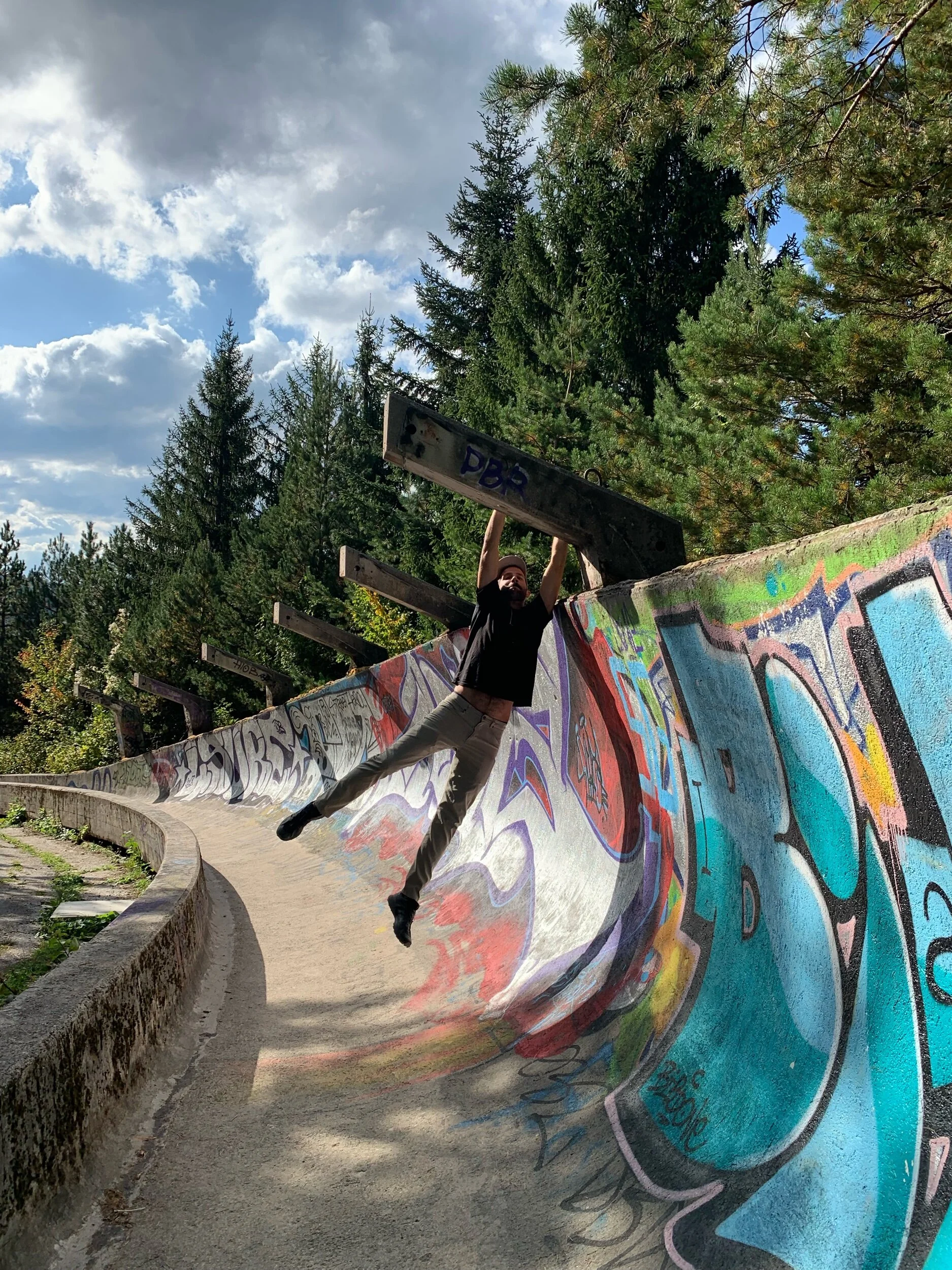
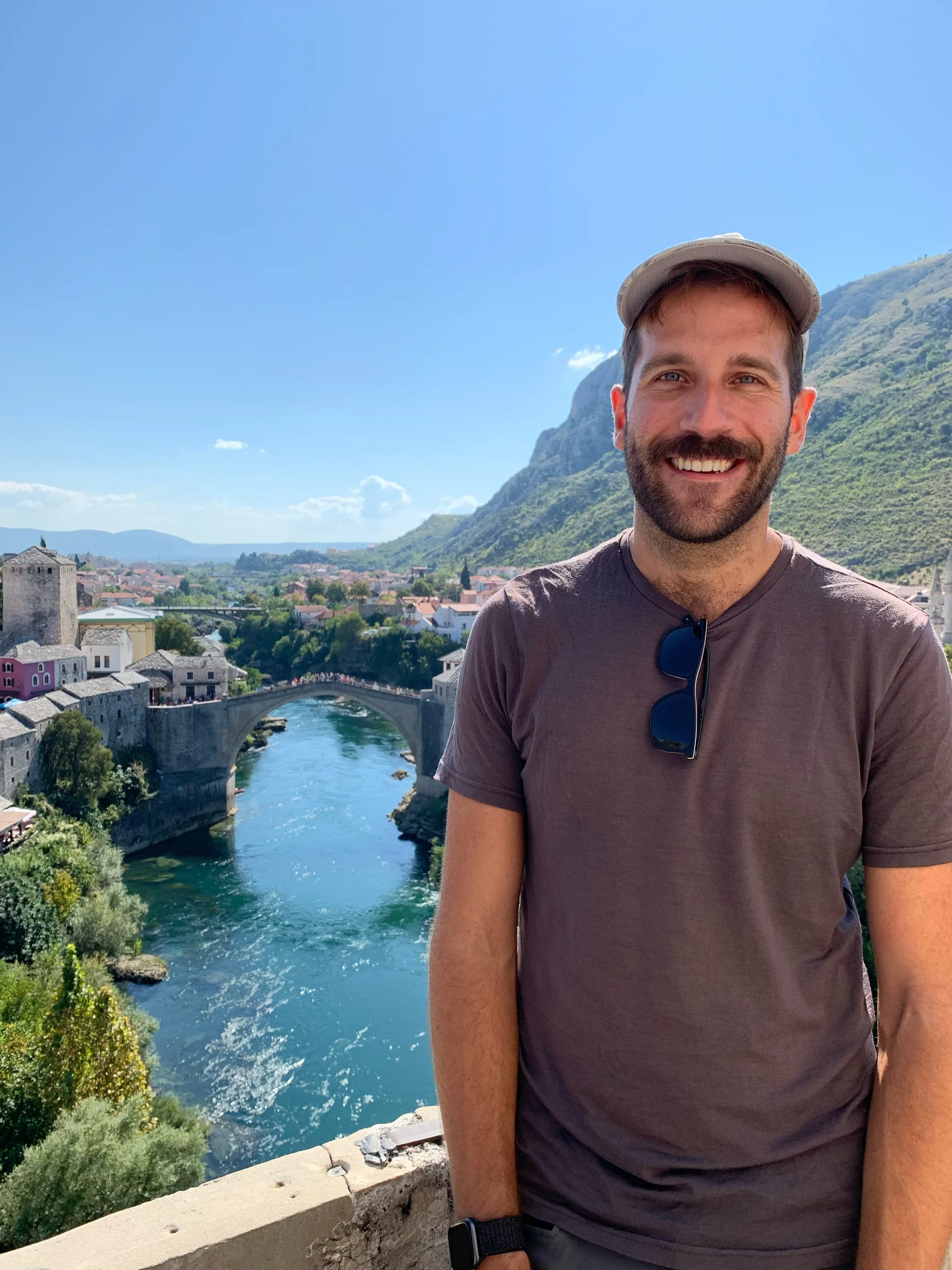
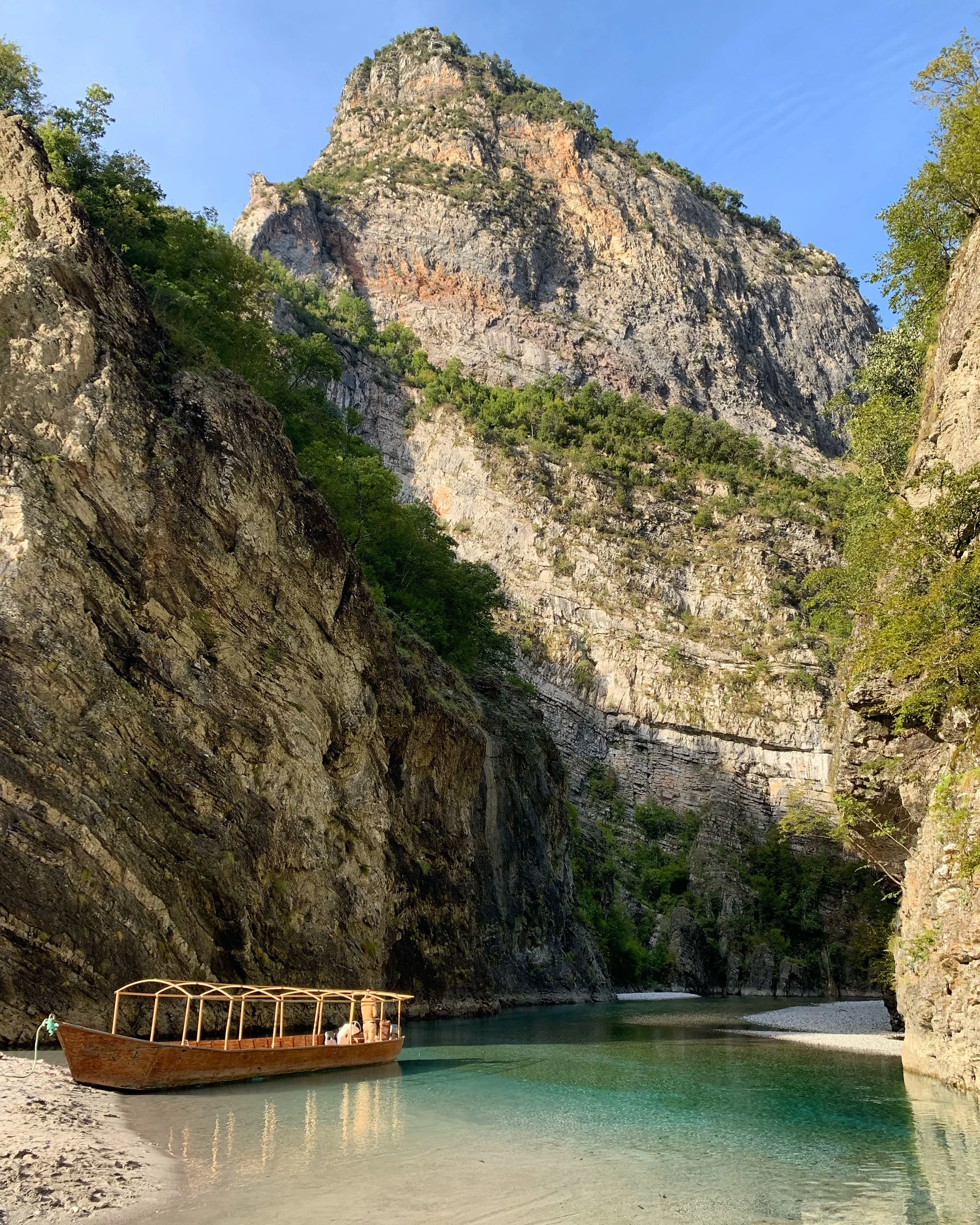
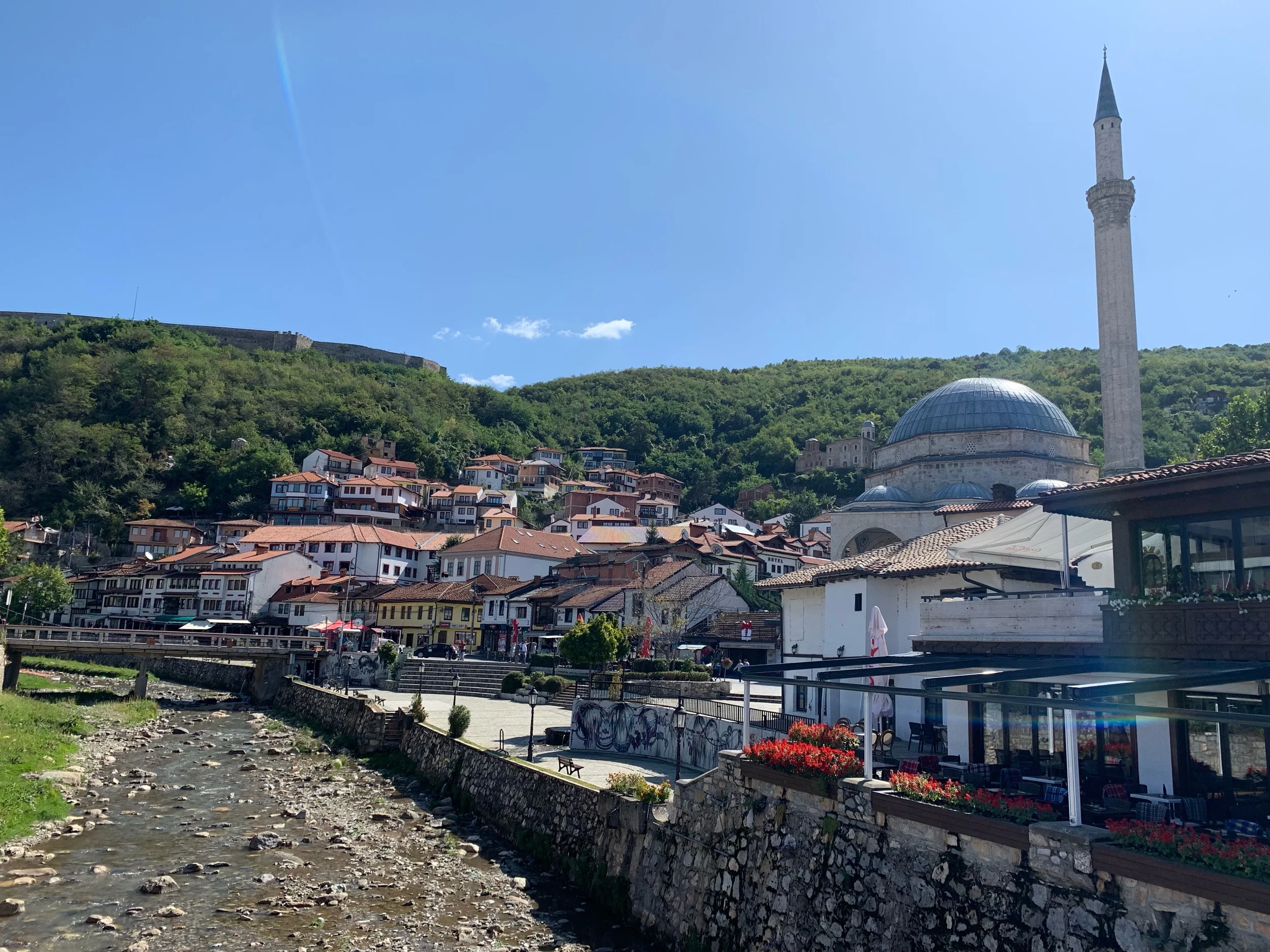
A must for history junkies